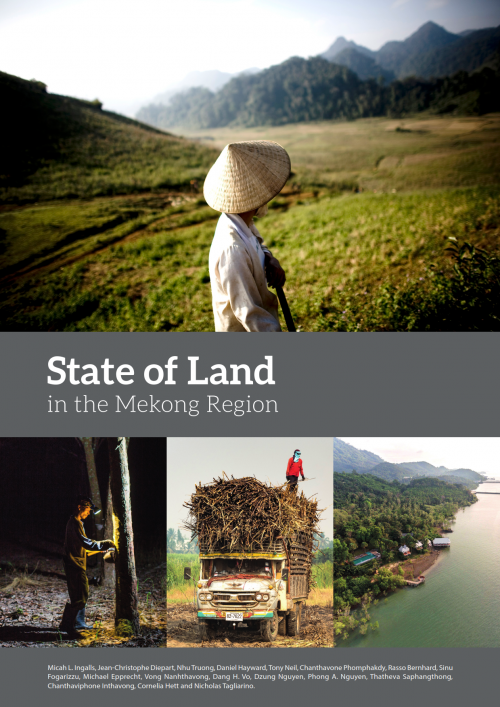
The Mekong region is in the midst of profound social and environmental change. Despite urbanization, the region remains predominantly rural with more than 60 percent of its population living in rural areas, the vast majority of these people are engaged in agriculture. Due to the rapid growth of its agricultural sector, the Mekong region has become a global centre of production and trade for commodities such as rubber, rice, cassava, wood, sugar cane and oil palm. While accelerated flows of global investment and the trade of land-intensive commodities have contributed to growth, the outcomes have been highly unequal, transforming rural land relations and presenting new insecurities for land tenure. The Mekong region may be at a tipping-point, and transformational change is imperative to sustainably address the needs of agricultural smallholders.
Data and information are urgently needed to understand these changes, to inform more equitable and innovative decision-making, and to monitor the outcomes of these decisions. The State of Land in the Mekong Region thus brings together key data and information on current status and trajectories of change with regard to land resources, their social distribution, and the conditions of governance that shape them.
The report relied on SERVIR-Mekong’s Regional Land Cover Monitoring System to inform regional assessment and cross-country comparative analysis of land use and land cover change in the Mekong region. This system helps overcome the changes posed by inconsistent national sources that use different classifications and definitions making it difficult to have consistent comparisons among countries with limited availability.
Check out the media release on the official launch of the report.



